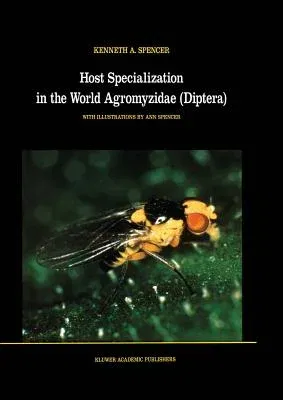K a Spencer
(Author)Host Specialization in the World Agromyzidae (Diptera) (Softcover Reprint of the Original 1st 1990)Paperback - Softcover Reprint of the Original 1st 1990, 27 August 2012

Qty
1
Turbo
Ships in 2 - 3 days
In Stock
Free Delivery
Cash on Delivery
15 Days
Free Returns
Secure Checkout
Part of Series
Series Entomologica
Print Length
444 pages
Language
English
Publisher
Springer
Date Published
27 Aug 2012
ISBN-10
9401073368
ISBN-13
9789401073363
Description
Product Details
Author:
Book Edition:
Softcover Reprint of the Original 1st 1990
Book Format:
Paperback
Country of Origin:
NL
Date Published:
27 August 2012
Dimensions:
29.69 x
21.01 x
2.36 cm
ISBN-10:
9401073368
ISBN-13:
9789401073363
Language:
English
Location:
Dordrecht
Pages:
444
Publisher:
Series:
Weight:
1093.16 gm

